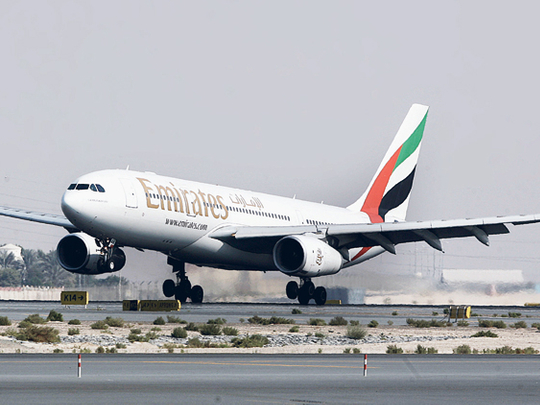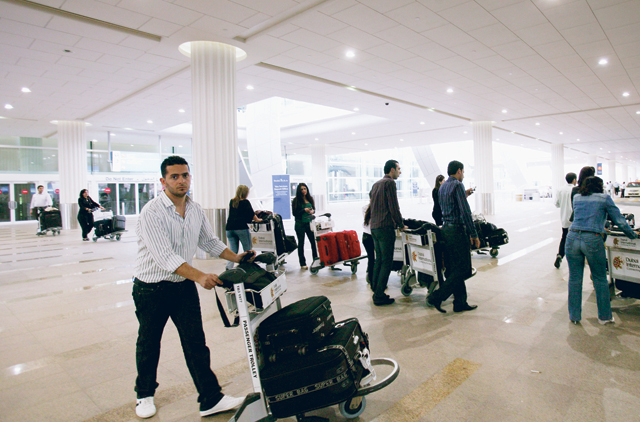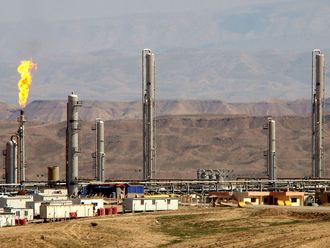
Dubai: Middle East carriers will post a net loss of $400 million (Dh1.46 billion) this year, the aviation industry body IATA predicted on Thursday.
The International Air Transport Association (IATA) has reduced its loss forecast considerably, translating to recovery, after it predicted 2009 would see regional carriers losing $1.5 billion. While demand is spurring the recovery in the region, low yields on hub traffic will be a burden on profitability, according to Giovanni Bisignani, IATA's director-general and chief executive.
Meanwhile, the region is ahead of the global recovery curve. The worldwide loss forecast was halved for 2010 to $2.8 billion, compared to the $5.6 billion loss forecast last December.
Improvement
"We can clearly see from the numbers that the industry situation is improving," Bisignani said during a teleconference on Thursday.
He said the improvement is largely driven by a much stronger recovery in demand seen by year-end gains that continued into the first months of 2010.
"Relatively flat capacity translated into some yield improvement and stronger revenues," the IATA said in a statement.
Added improvements are owed to a global passenger demand growth of 6.4 per cent and a cargo growth of 28.3 per cent in 2009. However, it said that demand is still two to three per cent below pre-crisis level.
The IATA raised its forecast for this year's traffic growth to 5.6 per cent for passengers and 12 per cent for cargo.
Bisignani said that Middle East carriers would experience demand growth of 15.2 per cent in 2010. Last year saw the regional airlines buck the trend as carriers generated the fastest growth in passenger traffic with a 19.1 per cent increase in December and 11.2 per cent growth for the entire year.
"These gains result from Middle Eastern carriers taking a larger share of long-haul connecting traffic over their hub," the IATA said earlier.
International freight demand seen by Middle East carriers at the end of year jumped eight per cent compared to 2008 peak levels despite the global drop of nine per cent.












